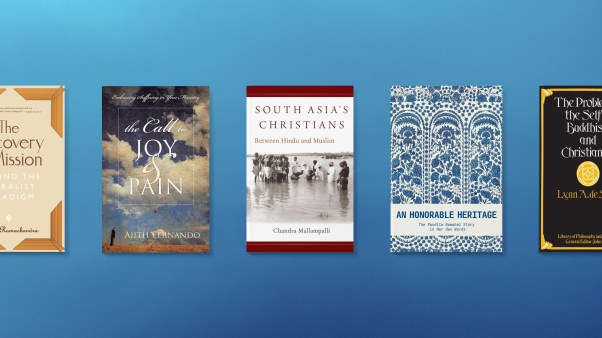On January 27, 537, Byzantine Emperor Justinian dedicated the magnificent Church of Hagia Sophia (Holy Wisdom) in Constantinople. “Glory to God, Who has deemed me worthy of fulfilling such a work,” he prayed. “O Solomon, I have surpassed thee.”
About a generation later, a widow in Mecca gave birth to a son named Muhammad. He reportedly prophesied to one of his followers, “You shall conquer Constantinople. Glory be to the prince and to the army that shall achieve it.” Muslim armies tried repeatedly to make the prophecy come true, besieging Justinian’s capital seven times in as many centuries.
The siege party in 1453 brought an extra weapon—the Janissaries, an elite corps of men taken as children from Christian families and raised as Islamic warriors. With this force Sultan Muhammad II overwhelmed the defenses of the last Emperor Constantine, who spurred his horse into the oncoming ranks of Janissaries and was never seen again. Muslim fighters broke down the doors of Hagia Sophia and killed or imprisoned hundreds of Christians hiding inside.
Muslims transformed Hagia Sophia into a mosque by removing Christian objects, whitewashing mosaics, and installing plaques with Qur’anic texts on the pediments. As our cover image shows, though, the transformation was hardly complete. Some Christian ornaments were destroyed, but many were merely hidden.
After Turkey became a secular republic, in 1924, Hagia Sophia became a cultural museum, and art historians were able to restore dozens of Christian elements. Today, the Christian and Islamic embellishments coexist awkwardly in a space no faith can claim. When Pope Paul VI visited the site in 1967 and privately recited a Hail Mary, a group of Muslim students responded the next day by performing a ritual prayer and sending the Vatican a picture of Muhammad the Conqueror.
Like the Qur’anic plaques, Islam was grafted onto a Judeo-Christian foundation. Like the mosaics, Christian communities in lands conquered by Muslims have experienced aggression, attempted transformation, benign neglect, and periods of restoration. And like Hagia Sophia, places that have been occupied alternately or simultaneously by both religions provoke intense passions.
Byzantine historian Georgius Phrantzes, who watched the cathedral fall, lamented, “How unfathomable and incomprehensible is Thy wise judgment, O King Christ! … Who would not have mourned for you, O holy temple!”
When human wisdom fails to grasp the divine mind, we do mourn. We should also try to learn.
The new issue of Christian History looks at the historical places, people, and events that continue to shape Christian-Muslim relationships. The Crusades, which we addressed in issue 40 (1993) and revisit in this issue, may be the most cited flashpoint, but they are only a slice of the story. Encounters between the two faiths have produced a range of outcomes, from repression to debate to radical reconsiderations of Christian theology. Much of the tale remains “unfathomable and incomprehensible,” but, especially now, it must be told.
- Articles from Christian History issue 74: Christians & Muslims will be featured at www.christianhistory.net throughout the next three months. To order a copy of the issue now, click here.
Recent Christianity Today International articles on the subject of Christians and Muslims include:
from Books & Culture
from Christianity Today
- Outpaced by Islam?
- Is the God of Muhammad the Father of Jesus?
- Does God Hear Muslims’ Prayers?
- Wisdom in a Time of War
from Today’s Christian Woman
Copyright © 2002 by the author or Christianity Today/Christian History magazine.Click here for reprint information on Christian History.










